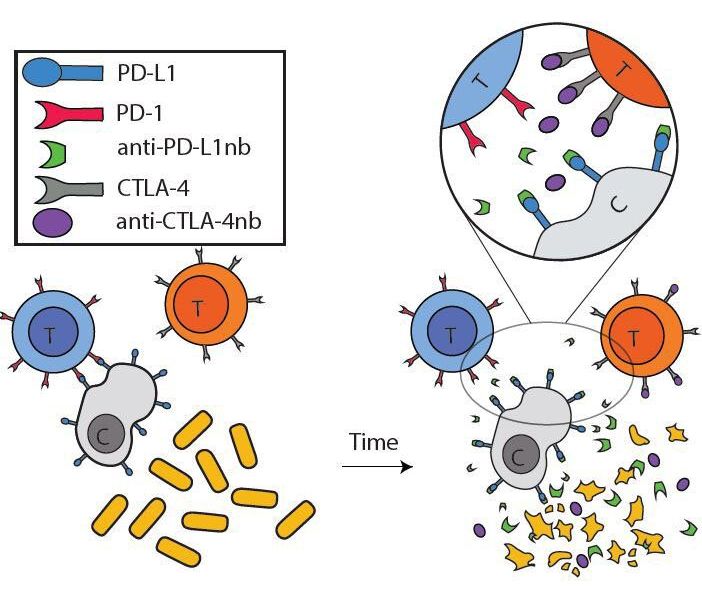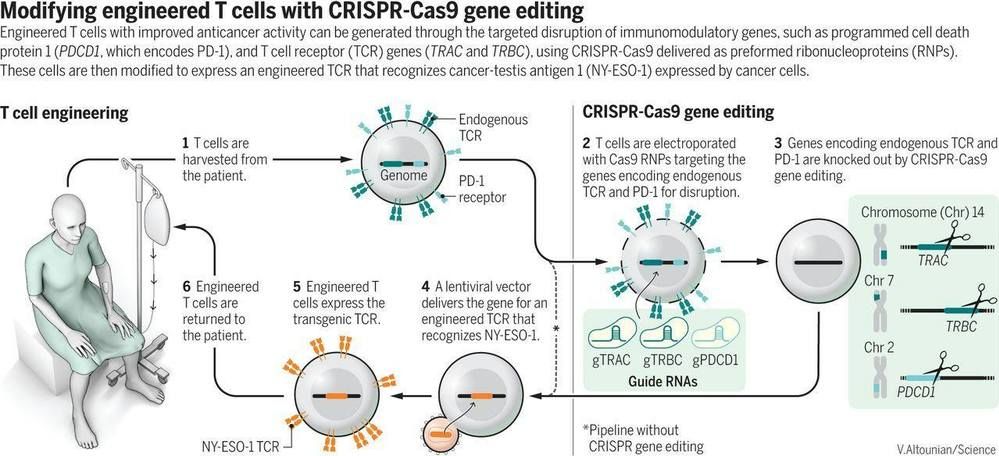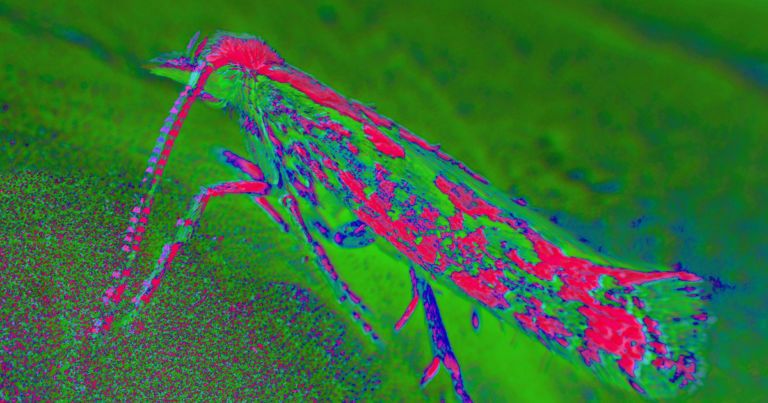Gene editing of human embryos — yes or not?
If there is a discernible duty here it is surely to create the best possible child. That is what it is to act for the best, all things considered. This we have moral reasons to do; but they are not necessarily overriding reasons.
Steven Hawking initially predicted that we might have about 7.6 billion years to go before the Earth gives up on us; he recently revised his position in relation to the Earth’s continuing habitability as opposed to its physical survival: “We must also continue to go into space for the future of humanity,” he said recently. “I don’t think we will survive another thousand years without escaping beyond our fragile planet.”
We will at some point have to escape both beyond our fragile planet and our fragile nature. One way to enhance our capacity to do both these things is by improving on human nature where we can do so in ways that are “safe enough”. What we all have an inescapable moral duty to do is to continue with scientific investigation of gene editing techniques to the point at which we can make a rational choice. We must not stop now.




